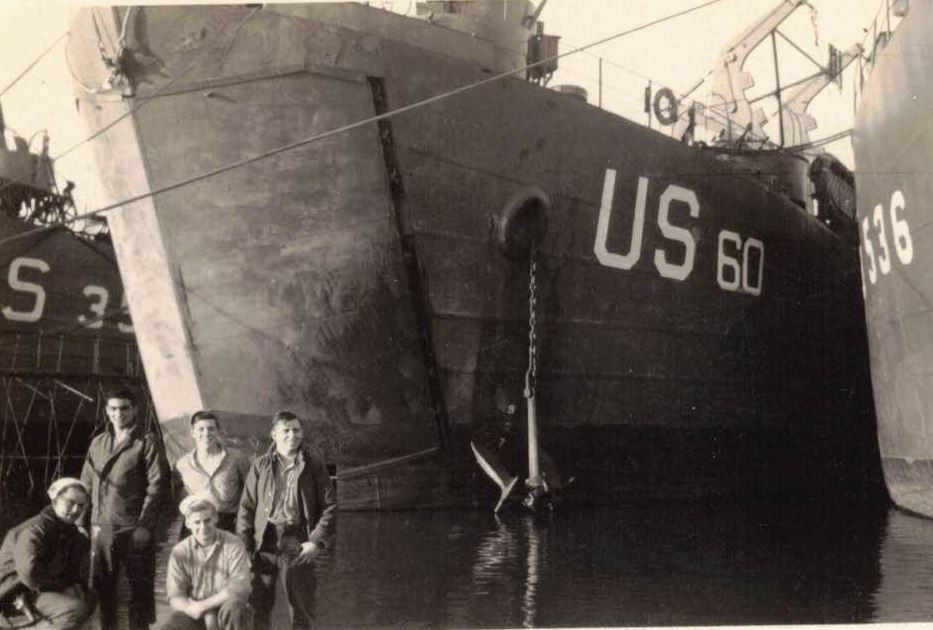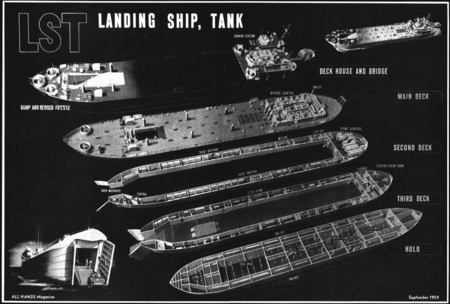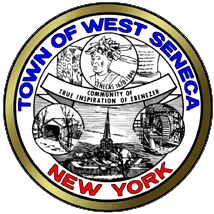
35 Legion Parkway
West Seneca,
New York 14224
U.S.A.
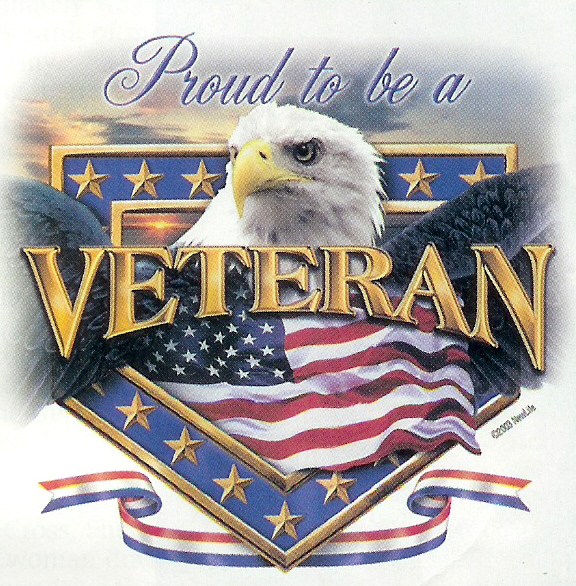
American Legion
Post 735
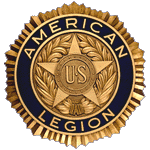
Marine Corp. League
Detachment 239
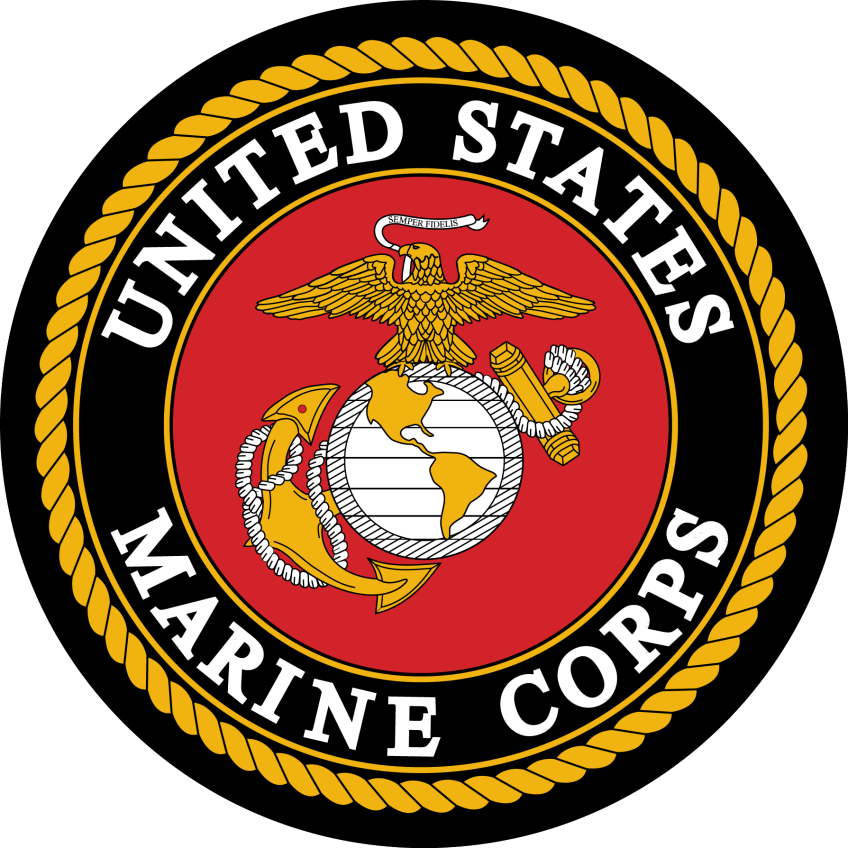
Veterans of Foreign Wars
VFW Post 8113
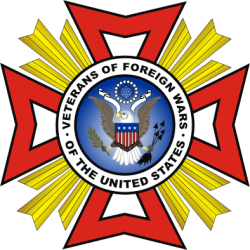
Navy Seabee Veterans
of America, Island X-5
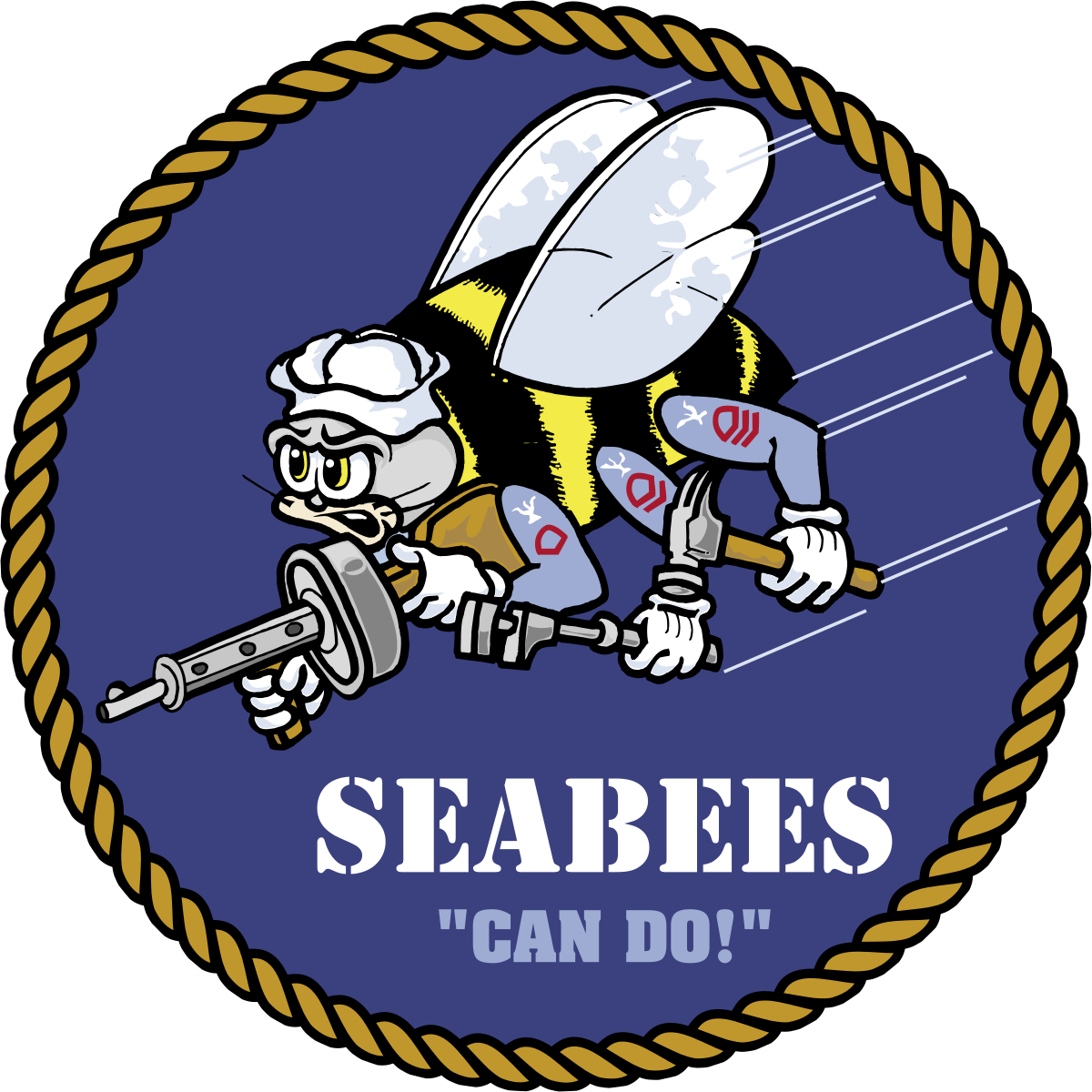
AMVETS
Post 8113
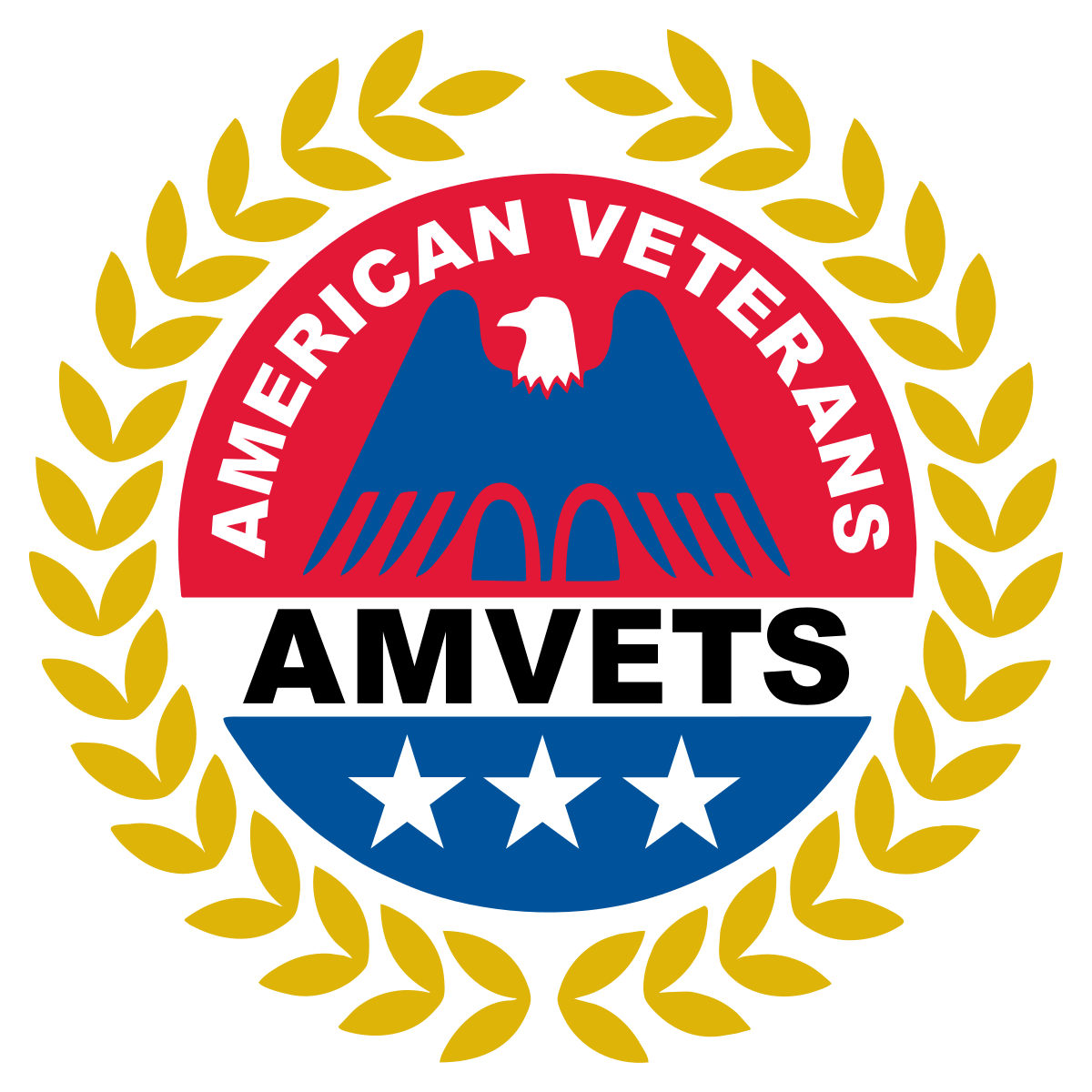
82nd Airborne
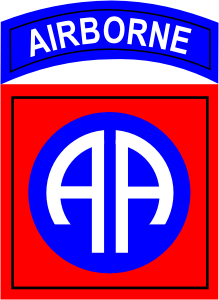
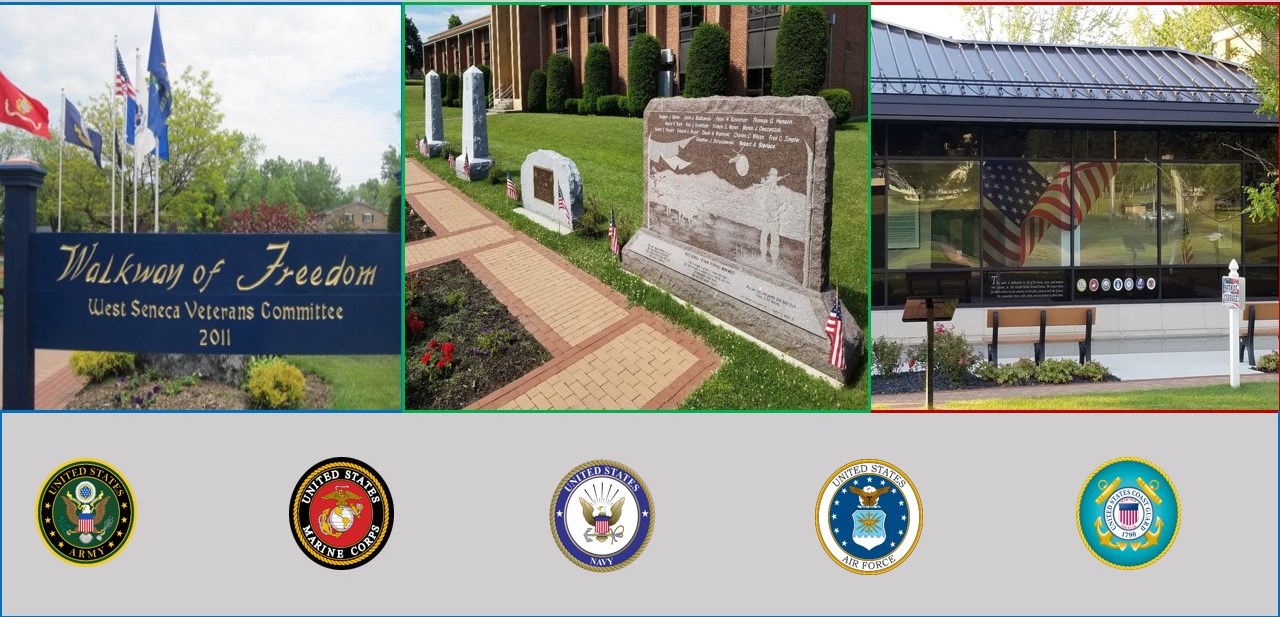
West Seneca Joint Veterans Committee |
|
Diary of a Sailor
Leo W. Breidenstein
 | 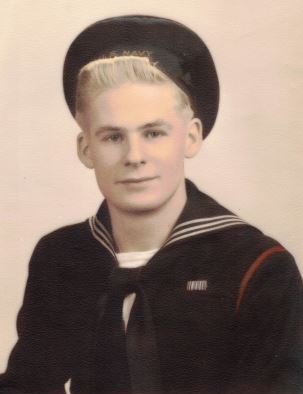 |  |
Leo W. Breidenstein, a West Seneca Native, joined the United States Navy in July 1943. As a young seaman, Breidenstein spent most of his Navy service assiged to LST60. While onboard the LST, Breidenstein made nearly daily entries into his diary, recording the events and perils that he and his crewmates faced each day during their voyages.
Landing Ship, Tank (LST), or tank landing ship, is the naval designation for ships first developed during World War II to support amphibious operations by carrying tanks, vehicles, cargo, and landing troops directly onto shore with no docks or piers. This enabled amphibious assaults on almost any beach.
The LST had a highly specialized design that enabled ocean crossings as well as shore groundings. The bow had a large door that could open, deploy a ramp and unload vehicles. The LST had a flat keel that allowed the ship to be beached and stay upright. The twin propellers and rudders had protection from grounding. The LSTs served across the globe during World War II including in the Pacific War and in the European theatre.
Landing Ship, Tank #60The first tank-landing ships were built to British requirements by converting existing ships; the UK and the US then collaborated upon a joint design. The British ships were used in late 1942 during the Allied invasion of Algeria, by 1943 LSTs participated in the invasion of Sicily and mainland Italy. In June 1944 they were part of the huge invasion fleet for the Normandy landings.
Throughout World War II, LSTs demonstrated a remarkable capacity to absorb punishment and survive. Despite the sobriquets "Large Slow Target" and "Large Stationary Target," which were applied to them by irreverent crew members, the LSTs suffered few losses in proportion to their number and the scope of their operations. Their brilliantly conceived structural arrangement provided unusual strength and buoyancy. Although the LST was considered a valuable target by the enemy, only 26 were lost due to enemy action, and a mere 13 were the victims of weather, reef, or accident. A total of 1,050 LSTs were contracted for in the great naval building program of World War II.
The Diary of Leo W. Breidenstein
THE JOURNEY BEGINS
27 July 1943 – Was sworn into the Navy along with Tudor and a bunch of other friends. We all felt pretty proud.
3 August 1943 – Arrived at Sampson, New York and started Boot Training. It was something new and I liked it a lot. Toot and I were together. Unit D, Barracks 4, Lower. Last week we were there were given the honor of being the Color Guard at the Regimental Review.
21 September 1943 – Left Sampson for my seven day boot leave. Had a swell time home. The folks couldn’t of been any better to me. Gus (brother who enlisted in the Army) enlisted the day after I got home. Kathy told me she likes me quite a bit. Met Eddie Lippman.
28 September 1943 – Got back to Sampson. Now in O.G.U. Second last night here. I got drunk with Toot. Had a good time. Figured we’d be separated soon.
4 October 1943 – Left Sampson for Richmond, Virginia. Went to Diesel school here. Last night here. Toot and I got dead drunk. Lyle Thompson got us back to camp in time or we would of got a Captain’s mark. Came out of school with F 1/C (Fireman First-Class) .
1 December 1943 – Left Richmond and went to amphibious base in Solomons, Maryland. Here I was assigned to an L.S.T. (Landing Ship, Tank) crew #4266. Then went to school for two weeks.
23 December 1944 – Left Solomons by way of L.C.T. (Landing Craft, Tank) and picked up an L.S.T. out in bay. From there went to Baltimore, Maryland. Had liberty on Christmas. On 26th we pulled out and went on training cruise in Chesapeake Bay. Training on 24 December to Baltimore, 30th to Little Creek, 4 January to Norfolk and 7 January to Baltimore in L.S.T. #77. Had slight case of seasickness.
7 January 1944 – Left L.S.T. at Baltimore and got nine days leave. Had a swell time. Saw Bob Missel.
16 January 1944 – Left home and went to Pittsburgh, Pennsylvania. Here we picked up L.S.T. #60. Also met Jean Jaap. Was with her for five nights in a row. I was nuts about her but after I left I slowly drifted away from her.
25 January 1944 – Left Pittsburgh on L.S.T. #60 and went to New Orleans by way of Ohio and Mississippi Rivers.
21 February 1944 – Started training cruise on Gulf of Mexico. Did just about everything: fired guns, beached, towed other ships, etc. On the 26th, I got a 4 hour liberty in Panama City, Florida.
5 March 1944 – Got back to New Orleans.
15 March 1944 – Left New Orleans for trip to New York City. Got seasick when we passed Cape Habrus.
23 March 1944 – Arrived in New York. Almost crashed with a big tanker while pulling in harbor. To close for comfort.
24 March 1944 – Got 48 hour pass and went home. Had a swell time, but wasn’t long enough.
29 March 1944 – Loaded up with ammunition at Red Bank, New Jersey. The whole tank deck is full of it.
1 April 1944 – Arrived at Boston, Massachusetts. Worked all night loading lube oil.
15 April 1944 – Arrived in Halifax, Nova Scotia. Had liberty here. Rugged place.
17 April 1944 – Left Halifax for trip across ocean. Got seasick for two-and-a-half days. Didn’t eat during this time. Lost a little weight.
30 April 1944 – Arrived in Londonary, Ireland. Unloaded lube oil.
1 May 1944 – Left Londonary for unknown destination.
2 May 1944 – Still underway. Had a little excitement today. Our ship just missed a mine. Quite a bit of commotion for a while. 4 (hours) on and 4 off.
3 May 1944 – Arrived at Falmouth, England. Unloaded ammunition here and dropped L.C.T. and crew. While here an enemy reconnaissance plane flew over.
19 May 1944 – Arrived at Southend-on-Sea. Got liberty and got drunk with Bozo. Met two girls but was to drunk to remember them. Lost their address. On my way back to ship, I got into a fight. Got a cut lip out of it.
22 May 1944 – While on maneuvers the ships screw (propeller) got caught in submarine nets. Limey (slang for British military forces) tug got us out.
23 May 1944 – Left Southend and went to Depford. Got liberty and went to London. Met a gal and had a long talk with her about the English and Americans. Didn’t have enough time to get acquainted.
27 May 1944 – Left Depford and went back to Southend.
30 May 1944 – About 15 Canadian soldiers were attached to our ship (medical Unit). Got a feeling it won’t be long now (D-Day) .
31 May 1944 – About 30 Limey soldiers came aboard. (Also Medical Unit)
1 June 1944 – Got rid of Canadian soldiers and Limeys stayed aboard.
2 June 1944 – Left Southend and went to Tilbury. Here we loaded up with Limeys and Canadian soldiers. Also got medium tanks and trucks. Found out we were going to work with Britich on D-Day. Saw groups of bombers go over in about 15 minute intervals. About 20 to a group. Beautiful sight.
3 June 1944 – Left Tilbury and went back to Southend. Everything sealed. Couldn’t receive or send any mail. No one could leave ship.
4 June 1944 – Layed at Southend all day. There are all kinds of ships here now. All waiting for the word to go.
5 June 1944 – Left Southend in large convoy. Seems we’re just following coast of England. Everyone is starting to get a little uneasy. (Passed white cliffs of Dover)
6 June 1944 – Today we headed across channel. Everyone knows it won’t be long now. Lot of fellas are on the fantail singing. Everyone seems to for the old Folks songs. Later we were called to crews’ quarters by the Skipper and he gave us our information. We are in second wave and will beach somewhere near Caen. We sighted French coast at about 2230 (hours). Things began to happen about 2300. Small patrol craft set up smoke screen for us and warships set up a barrage. Some L.S.T.s opened up anyway and gave position away. One ship was hit by bomb. A Ju 88 (Junkers Ju 88 was a German Luftwaffe twin-engine combat aircraft) . flew around our ship twice and dropped bombs but missed us. Stood watch all night. Everyone admitted they were mighty scared.
7 June 1944 – Planes came again early in morning. Warships and patrol ships opened up on them. Six planes shot down. In afternoon a cruiser near us opened fire with big guns at beach. In evening we took on four wounded soldiers. After dark we started to unload tanks and trucks onto L.C.T. Enemy planes again. Dropped flares and bombs.
8 June 1944 – Cruiser and destroyer are shelling beach every now and then. In afternoon small boat hit a mine just aft of us. Starting to take on wounded. After dark the nightly air raid came. Third wave pulled in.
9 June 1944 – Took on more wounded. Among them were four Germans. One was very stubborn and made a lot of noise. Quieted him by threatening to throw him overboard. One soldier died later on. His skull was cut by bayonet. Left for England.
10 June 1944 – Arrived at Gosport. Unloaded wounded. Then took on R.A.F. (Royal Air Force) with their trucks and equipment.
11 June 1944 – Got underway for France and arrived there in afternoon in the middle of an air raid. They were bombing beach and didn’t bother us much. I was fortunate enough to go to confession, mass and communion for the R.A.F. had a chaplain with them. In evening we beached and I went for a walk inland. Saw quite a few captured guns. Mostly German 88’s (German 88mm anti-aircraft and anti-tank artillery gun) . Got some wounded and then left for England.
12 June 1944 – Arrived in Portsmouth and anchored all night.
13 June 1944 – Went to Gosport and loaded up.
14 June 1944 – Layed anchor all day.
15 June 1944 – Got underway in large convoy. Lost three L.S.T.’s so far. Arrived in France and after dark we had a big air raid. Lots of fireworks.
16 June 1944 – Beached and unloaded cargo. Went ashore to look around. Saw some French peasants and got a bottle of wine and hard cider from them. Went back to ship but tide was in and we couldn’t get to it. Ship pulled out and anchored. Got a L.C.M. (landing craft mechanized) to take us out to it. Found out ship anchored just for us (Comp, Fuacle and myself). Got executive mark and for punishment I got ten hours extra duty. Had air raid after dark. Quite a bit of fireworks.
17 June 1944 – Got underway for England. In afternoon a submarine was detected and escort vessels dropped depth charges. It got away. Later on it was detected again and same thing happened but again it got away. At sunset G.Q. (General Quarters) was sounded, reason being flying bombs (probably German V-1 rockets)were coming over at about 5 minute intervals. Saw a few get knocked down.
18 June 1944 – Arrived at West India docks and loaded up with soldiers and vehicles. Flying bombs came over at night. They really raise hell.
19 June 1944 – Left for France. In evening two Flying Fortresses (Boeing B-17 Flying Fortress was a four-engine heavy bomber) crashed in mid-air.
20 June 1944 – Instead of going to France, we went to Portsmouth.
21 June 1944 – Today we really got underway for France.
22 June 1944 – Arrived in France, beached and unloaded cargo. While unloading, a Flying Fortress overhead just bucked up and crashed. Crew baled out safely. At night, Huns (unflattering term for German forces) came over and raised royal hell. They’d drop flares and then bombs. One flare hit our con (luckily it wasn’t a bomb). At times the planes came so low they could be seen very plainly.
23 June 1944 – Unloaded a Liberty ship. After dark, Huns came over again and started to raise royal hell. After a while a smoke screen was layed and then they didn’t bother us much.
24 June 1944 – Left for England in morning. Shot all guns to make sure they’re in working order. First time since D-Day. Took back a few survivors and one of them was my M.A. (possibly Master at Arms) from Boot Camp.
25 June 1944 – Went to dry dock at Chatham. Flying bombs came over after dark.
26 June 1944 – Got Liberty. Met a nice babe at a dance. Had fun.
27 June 1944 – Left dry dock and went to Tilbury and loaded up.
28 June 1944 – Left for France after dark.
29 June 1944 – A ship five miles from us hit a mine. We changed course and got to France safely. After dark, Huns came over and we had a little excitement.
30 June 1944 – Unloaded cargo and anchored out. After dark planes came over. Flares almost hit our ship a couple of times. Smoke screen had to be kept around all night.
1 July 1944 – Left for England.
2 July 1944 – Arrived at Tilbury. Loaded up. Bunch (of us) got liberty and got in fight with Limey soldiers. Canadian and merchant Marine came to rescue.
3 July 1944 – Left for France.
4 July 1944 – Picked up sub in afternoon and depth charges were dropped. Arrived in France and beached at 12 o’clock at night. New place. Planes came over about 1:30 and we had it hot and heavy for quite a while. All you could see in the sky was search lights and tracer bullets. A couple of planes got caught in searchlight and they were Ju88.
5 July 1944 – Left for England. Celebrated 4th of July. On way back we passed two dead persons in channel. An American sailor and an R.A.F fella.
6 July 1944 – Arrived in Southampton and loaded with Americans for the first time. Left for France.
7 July1944 – Arrived in France and unloaded A mine went off behind ship on side of us. No one hurt.
8 July 1944 – Left for England and arrived late at night.
9 July 1944 – Loaded up with Canadians at Southampton. Left for France and arrived late at night.
10 July 1944 – Unloaded troops and dropped the hook (anchor) for the night. After dark, enemy planes came over and really raised hell. Flak (anti-aircraft fire) was so thick, shrapnel landed all over our decks.
11 July 1944 – Unloaded a Liberty ship.
12 July 1944 – Left for England. Sub was detected in afternoon. Depth charges were dropped but no luck.
13 July 1944 – Anchored near Southampton.
14 July 1944 – Loaded up with American troops and left for France.
15 July 1944 – Arrived in France and unloaded. After dark, enemy planes came over and raised hell again. Omaha Beach.
16 July 1944 – Left for England and arrived late at night.
17 July 1944 – Loaded up and left for France.
18 July 1944 – Arrived in France. Utah beach. Saw two sunken L.S.T.s.
19 July 1944 – Loaded up with prisoners and left for England.
20 July 1944 – Arrived in Portland and unloaded prisoners.
21 July 1944 – Left England and arrived in France. Utah beach. Planes came over after dark. Hot for a while.
22 July 1944 – Beached and unloaded. After dark, planes came over again. Same old stuff. Couple got knocked down.
23 July 1944 – Got underway for Portland.
24 July 1944 – Arrived in Portland and loaded up.
25 July 1944 – Left and arrived in France. Utah beach. Quite a bit of action after dark but not near us.
26 July 1944 – Unloaded and got underway for England. After dark, planes came over and tried to locate us but didn’t have any luck. Thank the Lord.
27 July 1944 – Arrived in Portland.
28 July 1944 – Layed at anchor.
29 July 1944 – Loaded up.
30 July 1944 – Arrived in France. Omaha Beach. One of our planes crashed near us.
31 July 1944 – Unloaded cargo. Took on 718 Prisoners of War.
1 August 1944 – Left for England. Taking back mail and prisoners.
2 August 1944 – Arrived at Portland. Unloaded mail and prisoners, then loaded up.
3 August 1944 – Arrived at Utah beach and unloaded. Loaded 900 Prisoners of War and left for England.
4 August 1944 – Arrived at Portland.
5 August 1944 – Layed anchor all day.
6 August 1944 – Loaded up.
7 August 1944 – Arrived at Utah Beach.
8 August 1944 – Unloaded and left for England.
9 August 1944 – Arrived at Southampton.
10 August 1944 – Just layed at anchor.
11 August 1944 – Still at anchor.
12 August 1944 – Loaded up.
13 August 1944 – Loaded up.
4 August 1944 – Left for England and went to Portland.
15 August 1944 – Layed anchor all day.
16 August 1944 – Pulled in to load up.
17 August 1944 – Loaded up.
18 August 1944 – Arrived at Utah Beach.
19 August 1944 – Unloaded and then left for England.
20 August 1944 – Arrived in Portland.
21 August 1944 – Layed anchor all day.
22 August 1944 – Loaded up.
23 August 1944 – Layed anchor.
24 August 1944 – Omaha Beach.
26 August 1944 – Portland.
30 August 1944 – Utah Beach.
31 August 1944 – Arrived in Portland after sailing in very rough weather. Yes, seasick.
2 September 1944 – Received my rate. Everything official.
7 September 1944 – 9 September 1944 – Unloaded at Utah beach and ten loaded up with ammunition.
9 September 1944 – Got underway for someplace near Brest.
10 September 1944 – Arrived at St. Michel (France).
10 September 1944 – 14 September 1944 – Beached and unloaded ammunition. While unloading, we had a couple fames of football. Also came in contact with a few French. Mostly gals. Yes, there a bit of OK.
15 September 1944 – Loaded up with German and American wounded and then left for England.
16 September 1944 – Arrived in Portland. Sally’s birthday. Am thinking of her.
18 September 1944 – Omaha Beach.
20 September 1944 – Portland.
22 September 1944 – Omaha Beach.
24 September 1944 – Portland.
26 September 1944 – Omaha Beach.
28 September 1944 – Portland.
2 October 1944 – Utah Beach.
3 October 1944 – Portland.
6 October 1944 – Left for my leave. Went to London. Had a good time (Dam good). Met Fred (last name illegible) .
9 October 1944 – Utah Beach.
11 October 1944 – Portland. Got back from my leave.
17 October 1944 – Had small boat duty. Water so rough. We almost tipped over twice.
23 October 1944 – Omaha Beach.
26 October 1944 – Portland.
29 October 1944 – Was already to go and see Bo. At Last minute we got sailing orders and we pulled out. Dam it.
30 October 1944 – Arrived at Plymouth. Loaded up with depth charges and fire fighting equipment.
24 November 1944 – Arrived at La Havre (France). Place all bombed to hell. Saw (L.S.T.) 516 unloading. They were unloading Bob and his bunch and I found out to late. Missed him by about 15 minutes.
29 November 1944 – Portland.
7 December 1944 – Went to Rouen up Seine River. Very interesting trip. Saw church steeple where Joan of Arc was burned at stake. French people very friendly.
9 December 1944 – Portland.
17 December 1944 – Rouen.
17 December 1944 – Portland.
19 December 1944 – Cherbourg.
20 December 1944 – Portland.
21 December 1944 – Rouen.
22 December 1944 – Portland. After dark seven paratroopers (German) jumped. Germanys’ V-3.
24 December 1944 – Rouen.
25 December 1944 – On way back to England. Had a nice Christmas under the circumstances.
26 December 1944 – Portland. Have to keep five guards around ship at all times. More German paratroopers jumped. Scared of saboteurs.
27 December 1944 – Loaded up.
28 December 1944 – Got underway for France. About 4:30 a ship was torpedoed about ten miles away from us. We didn’t have an escort and things looked pretty bad for a while. At 5:30 some escorts met us. We had condition II. Six guns were manned at all times. Arrived in France safely.
29 December 1944 – Went into La Havre. Unloaded men and material. Met our old executive officers. Said we would be going home within ten weeks. Two more ships were torpedoed today. One just outside of submarine nets at Portland. Patrol ship also discovered a mine just at the entrance to La Havre. We missed it ay an hour. We got underway for England after dark. Everyone was more or less tense on account of the subs and we had no escort. I stood 4 on and 4 off on watch all night. We ran over buoy and put its light out.
30 December 1944 – Arrived at Portland and layed anchor all day.
31 December 1944 – Had 8 to 12 watch at night. Bozo brought me down a jar of rum and by 12 o’clock I felt pretty good.
1 January 1945 – Today is New Years. This is my month of mess cooking. I got easiest of three jobs but would rather stand my watches. Can’t complain though.
2 January 1945 – Still at anchor.
3 January 1945 – Still at anchor.
4 January 1945 Loaded up. Have 260 army personnel aboard. Pretty crowded.
5 January 1945 – Pulled out of land at 0900 and anchored in harbor. Got underway for France. At about 11 o’clock at night the tanks on tank deck broke loose and woke everybody up. It felt like we were torpedoed or mined. Looked pretty bad for a while. Luckily everything was secured without injury to anyone. Arrived at La Havre early in the morning.
6 January 1945 – Unloaded and then left for Portland.
7 January 1945 – Arrived in Portland. Loaded up and left for France.
8 January 1945 – Arrived at La Havre. Unloaded and then left for Portland.
9 January 1945 – Arrived at Portland and layed at anchor.
10 January 1945 – Still at anchor. Got word of a few more sinkings.
11 January 1945 – Loaded up with Italian prisoners who volunteered for U.S. Army.
12 January 1945 – Got underway for France. Arrived late at night. A tank broke loose while underway.
13 January 1945 – Unloaded at La Havre and then at night got underway for England. Escorts went wrong way and we went way off our course. We finally wised up early next morning and left the escorts. Almost collided with another ship.
14 January 1945 – Arrived at Portland. Boiler out of commission.
15 January 1945 – Layed at anchor.
16 January 1945 – Layed at anchor.
17 January 1945 – Still at anchor. Had pictures taken.
18 January 1945 – Still at anchor.
23 January 1945 – Rouen.
25 January 1945 – Portland.
31 January 1945 – La Havre.
2 February 1945 – Portland.
6 February 1945 – Le Havre.
7 February 1945 – Portland.
8 February 1945 – Le Havre.
9 February 1945 – Portland.
13 February 1945 – Le Havre and Rouen.
15 February 1945 – Portland.
17 February 1945 – Le Havre. Picked up 750 French paratroopers.
8 February 1945 – Portland.
21 February 1945 – Cherbourg.
22 February 1945 – Portland.
23 February 1945 – We went to Falmouth for our yearly checkup. (Dry dock)
12 March 1945 – Left Falmouth for Portland. Had submarine scare and depth charges were dropped.
13 March 1945 – Arrived at Portland and loaded up with troops. Got underway at 1800 and at 2000 we had another sub scare. Depth charges were dropped again.
13 June 1945 – Carrying L.C.T., L.C.M., two gray marine engines and tank deck loaded with pontoons (300). Went outside of break wall at Plymouth Harbor and anchored. Formed convoy to leave for States. Took my test for second class tonite. Was a pretty stiff test.
14 June 1945 – Got underway at 0800. Everybody is pretty happy about leaving Limey land. Smooth sailing. There are fifteen L.S.T.’s and thirteen L.C.I.’s (Landing Craft Infantry) in convoy.
15 June 1945 – Got a bit rough and I got feeling pretty lousy. My eye still bothers me. At night our reduction gear went SNAFU and we dropped back five ships. It soon was fixed though and we resumed our position as leading ship. We are commodore ship. The commander aboard is responsible for all ships.
17 June 1945 – Smooth sailing. Feel good now. My eye is much better but still bothers me. A sailor aboard 527 had appendicitis and doctor from 533 had to go aboard and operate. We also got word that a plane crashed somewhere in or vicinity and to be on the lookout for survivors. Two L.C.I.'s went scouting but no luck. Had to give up search for we are on schedule. Expect to hit Azores tonite or tomorrow. Making good time.
19 June 1945 – Making good time. 2229 miles to go.
19 June 1945 – Rough weather. Making lousy time.
29 June 1945 – Still rough. Made about fifty-five miles in 24 hours.
30 June 1945 – Arrived in Norfolk, Virginia.
1 July 1945 – Unloaded L.C.M. Got 30 new fellas aboard. Had ice cream. Also had fresh milk. Everyone went nuts over it. Was my second glass since leaving the states.
2 July 1945 – Left Norfolk.
3 July 1945 – Arrived in New York City.
4 July 1945 – Unloaded L.C.T. and left for someplace in Rhode Island.
5 July 1945 – Arrived in Rhode Island.
8 July 1945 – Left Rhode Island.
9 July 1945 – Arrived in New York (Brooklyn Navy Yard)
12 July 1945 – Left New York
19 July 1945 – Arrived in New Orleans.
END OF JOURNAL
NOTE: Captions in BLUE are editor's to provide description or clarity.
History of Landing Ship, Tank (LST) #60
Name: USS LST-60
Builder: Dravo Corporation, Pittsburgh, Pennsylvania
Laid down: 14 November 1943
Launched: 24 December 1943
Commissioned: 7 February 1944
Assigned: Flotilla – 17, Group – 49, Division – 98
Class and type: LST-1-class tank landing ship
Displacement: 1,625 long tons (1,651 t) light, 4,080 long tons (4,145 t) full
Length: 328 ft (100 m)
Beam: 50 ft (15 m)
Draft:
Unloaded: Bow: 2 ft 4 in (0.71 m), Stern: 7 ft 6 in (2.29 m)
Loaded : Bow: 8 ft 2 in (2.49 m), Stern: 14 ft 1 in (4.29 m)
Depth: 8 ft (2.4 m) forward, 14 ft 4 in (4.37 m) aft (full load)
Propulsion: 2 General Motors 12-567 diesel engines, two shafts, twin rudders
Speed: 12 knots (22 km/h; 14 mph)
Boats & landing craft carried: Two or six LCVPs (landing craft, vehicle, personnel)
Troops: 14–16 officers, 131–147 enlisted men
Complement: 7–9 officers, 104–120 enlisted men
Armament:
2 × twin 40 mm gun mounts w/Mk.51 directors
4 × single 40 mm gun mounts
12 × single 20 mm gun mounts
Decommissioned: 27 June 1946
Honors and awards: 1 battle star (WWII)
Renamed: USS Atchison County (LST-60), 1 July 1955
Namesake: Atchison County, Kansas
Stricken: 1 November 1958
L.S.T. #60 (tank landing ship) held shakedown training off Panama City, Florida, from 19 February to 4 March; then returned to New Orleans for repairs and loading. She next moved to New York City, where she took additional cargo on board for transportation to the United Kingdom. After crossing the Atlantic in convoy, LST-60 safely arrived in Falmouth, England, on 2 May. From there, she proceeded to Southend-on-Sea to load for the Normandy invasion. LST-60 sailed from Southend on 5 June with Commander, Group 3, embarked for the initial assault. Following successful unloading of troops and cargo at Normandy the next day, the ship commenced cross-channel operations, making 53 trips to the French mainland without mishap before being ordered back to the United States for overhaul. Escorting a convoy en route, LST-60 safely arrived in Norfolk on 1 July 1945 and continued on to New Orleans for repairs.
Originally scheduled to join the Pacific Fleet following overhaul, LST-60 received new orders with the end of the war on 15 August. Instead, she proceeded to Green Cove Springs, Florida for inactivation and was placed out of commission, in reserve, on 27 June 1946. The name USS Atchison County was assigned to LST-60 on 1 July 1955. In 1958, the tank landing ship was declared unfit for further naval service. Her name was struck from the Naval Vessel Register on 1 November 1958; her final fate is unknown.
L.S.T. #60 made fifty-three trips to the French mainland delivering the following equipment without casualty to personnel or equipment:
6,825 Troops
2,745 Vehicles
248 Casualty Cases
1,031 Passengers
1,941 Prisoners of War
675 Tons Bulk Cargo
The L.S.T. #60 Sailor
A sailor knocked at the pearly gate
His face was scarred and old.
He stood before the judge of fate
For admission to the fold.
"What have you done?" St. Peter asked
"To gain admission here".
"I've been on L.S.T. #60, sir"
"For many and many a year".
The pearly gate swung open wide
And St. Peter touched the bell,
"Come in", he said, "And choose your Harp,"
"You've had your share of hell".
 | Please direct questions or comments to the Webmaster |  |
Copyright 2019 West Seneca Veterans Committee, West Seneca, New York U.S.A. All rights Reserved.
